L Leucine
L Leucine Trade Information
- Minimum Order Quantity
- 25 Kilograms
- Supply Ability
- 25 Kilograms Per Day
- Delivery Time
- 1-3 Days
About L Leucine
Property:
The melting point of Leucine is 286-288 šC and the sublimation is 145-148 šC. The alpha of Leucine is 15.4 š (c=4, 6N HCl) and the water solubility is 22.4g/l (20 ).
Leucine is a branched-chain amino acid (BCAA) since Leucine possesses an aliphatic side-chain that is non-linear. Racemic Leucine had been subjected to circularly polarized synchrotron radiation in order to better understand the origin of bimolecular asymmetry. An enantiomeric enhancement of 2.6 % had been induced, indicating a photochemical origin of homochirality of biomolecules.
Specification¼…
|
Item |
Index |
|
Assay |
98.5-101.5% |
|
Appearance |
White crystals or crystalline powder |
|
Spcific Rotation |
+14.9š…+17.3š |
|
PH Value |
5.5-7.0 |
|
Chloride (as Cl) |
0.05% |
|
Sulfate (as SO4) |
0.03% |
|
Loss on Drying |
0.20% |
|
Residue on Ignition |
0.40% |
|
Heavy Metal (as Pb) |
15ppm |
|
Arsenic (as As2O3) |
1.5ppm |
|
Iron (as Fe) |
30ppm |
Usage:
As a dietary supplement, Leucine has been found to slow the degradation of muscle tissue by increasing the synthesis of muscle proteins in aged rats. Leucine is utilized in the liver, adipose tissue, and muscle tissue. In adipose and muscle tissue, Leucine is used in the formation of sterols, and the combined usage of Leucine in these two tissues is seven times greater than its use in the liver. In yeast genetics, mutants with a defective gene for Leucine synthesis (leu2) are transformed with a plasmid that contains a working Leucine synthesis gene (LEU2) and grown on minimal media. Leucine synthesis then becomes a useful selectable marker.
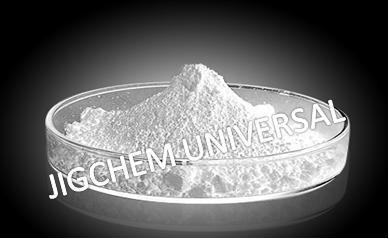

Price:
- 50
- 100
- 200
- 250
- 500
- 1000+
More Products in Pharmaceuticals API Category
Maltodextrin
Price 20 INR
Minimum Order Quantity : 25 Kilograms
Purity(%) : 98 %
Usage : Laboratory Industrial Use
Grade : Industrial Grade
Shelf Life : 3 Years
Clopidol
Price 20 INR
Minimum Order Quantity : 25 Kilograms
Purity(%) : 95 %
Usage : Laboratory Industrial Use
Grade : Industrial Grade
Shelf Life : 3 Years
Lactose
Price 20 INR
Minimum Order Quantity : 25 Kilograms
Purity(%) : 97 %
Usage : Laboratory Industrial Use
Grade : Industrial Grade
Shelf Life : 3 Years
Azithromycin USP
Price 20 INR
Minimum Order Quantity : 25 Kilograms
Purity(%) : 95 %
Usage : Laboratory Industrial Use
Shelf Life : 3 Years

 Send Inquiry
Send Inquiry
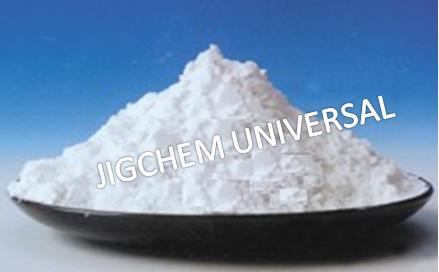
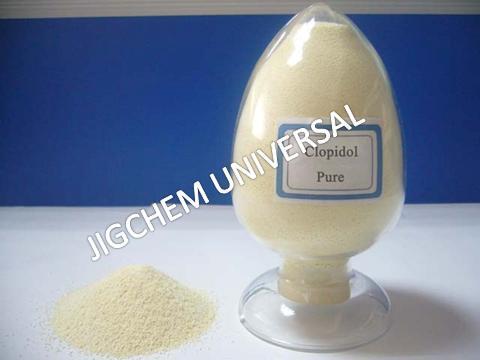
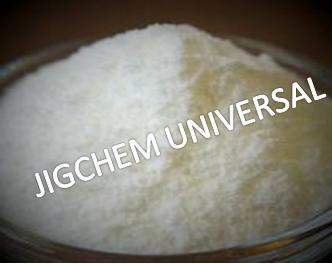
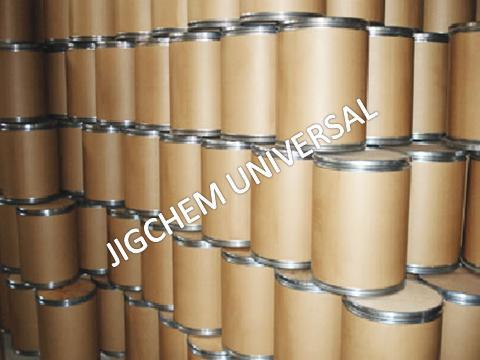


 Send Inquiry
Send Inquiry Send SMS
Send SMS